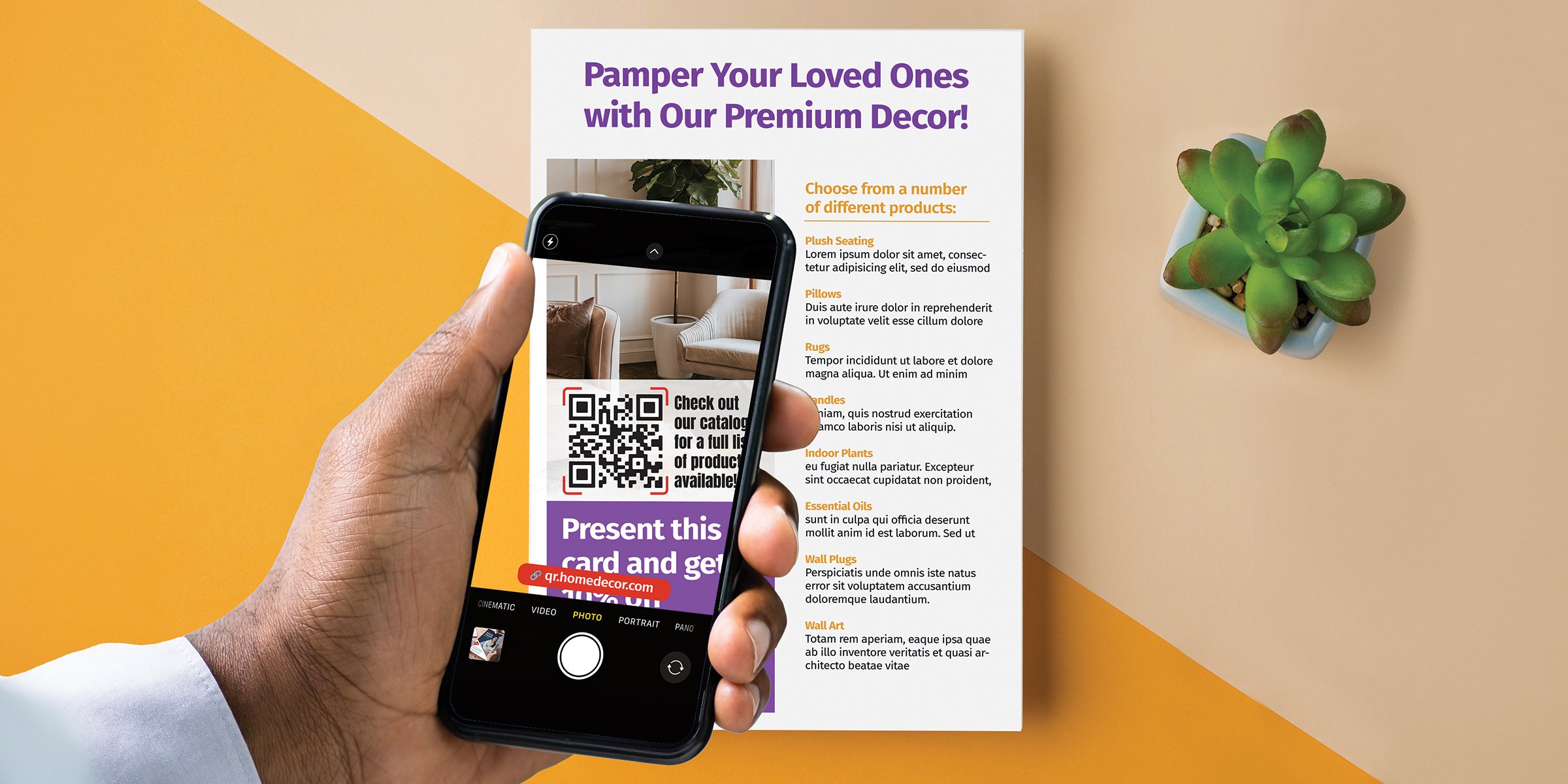In the ever-evolving marketing landscape, businesses continually seek innovative ways to reach and engage their target audience. While digital marketing has risen to prominence from email marketing to TikTok, print marketing retains its timeless appeal and effectiveness. Together, digital and print marketing create a powerful combination, leveraging the strengths of each to maximize impact and ROI.
The Enduring Value of Print Marketing
Print marketing, with its tangible assets like brochures, posters, and direct mail, offers a sensory and tactile experience that digital platforms cannot replicate. This tactile interaction creates a memorable connection, enhancing brand credibility and recall. For companies in markets where visual quality is paramount, such as consumer goods and retail, print materials can be a differentiator to propel consumer purchases and establish the products as a premium brand.
Print stands out in an era of digital saturation. A well-designed print piece can capture attention and convey credibility in a sea of online advertisements. It's a trusted format, appreciated equally among demographics, that can target local audiences effectively through printed materials like flyers, brochures, signage, and direct mail.
The Dynamic Reach of Digital Marketing
On the other hand, digital marketing offers unparalleled reach and personalization. Platforms like social media, email, and websites allow businesses to engage with a global audience at a fraction of the cost of traditional media. Analytics tools provide deep insights into customer behavior and preferences, enabling targeted campaigns that speak directly to individual needs and interests.
Digital marketing is also highly adaptable, allowing for real-time updates and interactions. This immediacy is invaluable for responding to market trends and fostering community and customer dialogue.
Combining Forces for Enhanced Impact
When used together, digital and print marketing amplify each other's strengths. For example, a direct mail campaign can drive recipients to a website or social media page, bridging the gap between the physical and online worlds. QR codes on print materials can provide a seamless link to digital content, offering product information, a story of its origin, the shared purpose of the company, or any content that forms a deeper engagement with the brand.
Integrating the two channels also creates a more cohesive and consistent brand message. Consistency builds trust, and businesses reinforce their identity and values by presenting the same visuals and messages across both digital and print platforms. Combining print and digital increases customer engagement, too. The 2019 Ominchannel Marketing Automation Report from Omnisend found that marketers using three or more channels in their campaigns earned an 18.96% engagement rate on average, compared to single-channel marketers, who earned only 5.4%.
Personalization and Targeting
Combining data from digital analytics with direct mail campaigns enables highly personalized and targeted messaging. Businesses can segment their audience based on online behavior and preferences and send customized print materials that resonate with each segment. This targeted approach integrating omnichannel communications increases the relevance and effectiveness of marketing efforts, leading to higher conversion rates and increased customer loyalty.
Sustainable Practices and Brand Perception
In today's environmentally conscious market, businesses can enhance brand perception by adopting sustainable print marketing practices. Using eco-friendly materials with higher levels of recycled content and effective means for post-user recycling resonates with today's consumers. Companies that promote and practice sustainability position their company as responsible and forward-thinking, appealing to eco-conscious consumers.
It takes many touchpoints to build awareness that results in action, and integrating digital and print strategies increases a company's success rate. Your team at 4over can help you and your clients embrace the strengths of both digital and print marketing to create a comprehensive, multi-faceted campaign that offers the immediacy and analytics of digital with the trust and authority of print.



